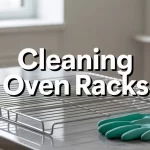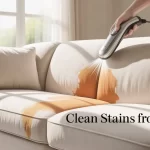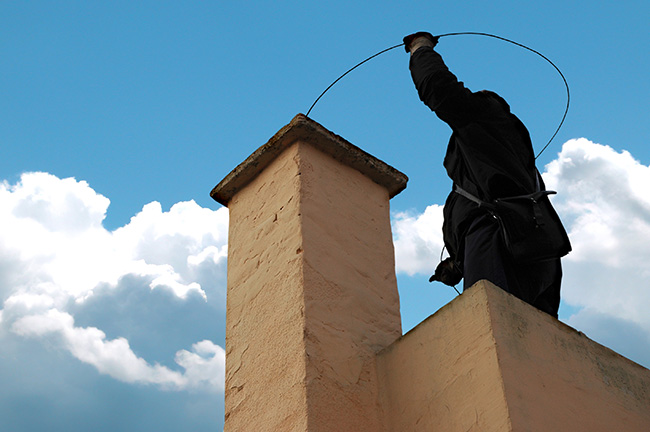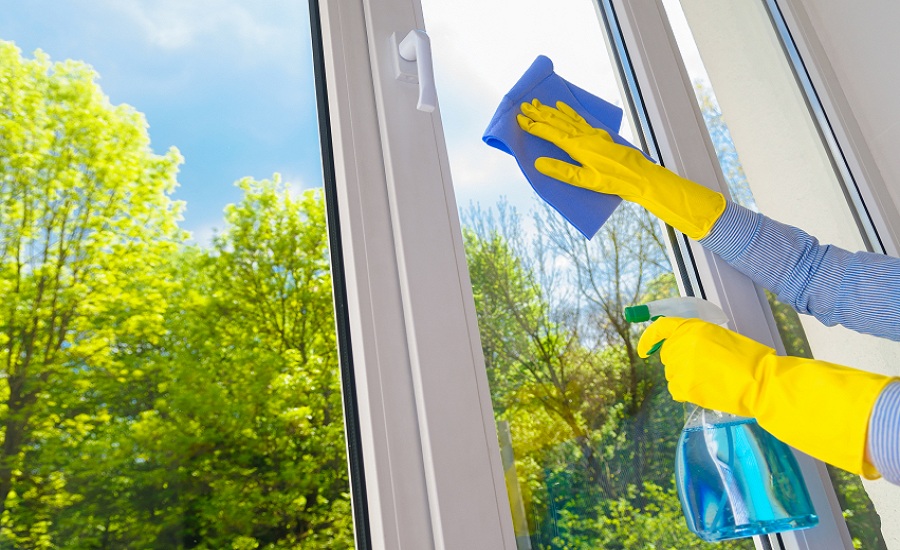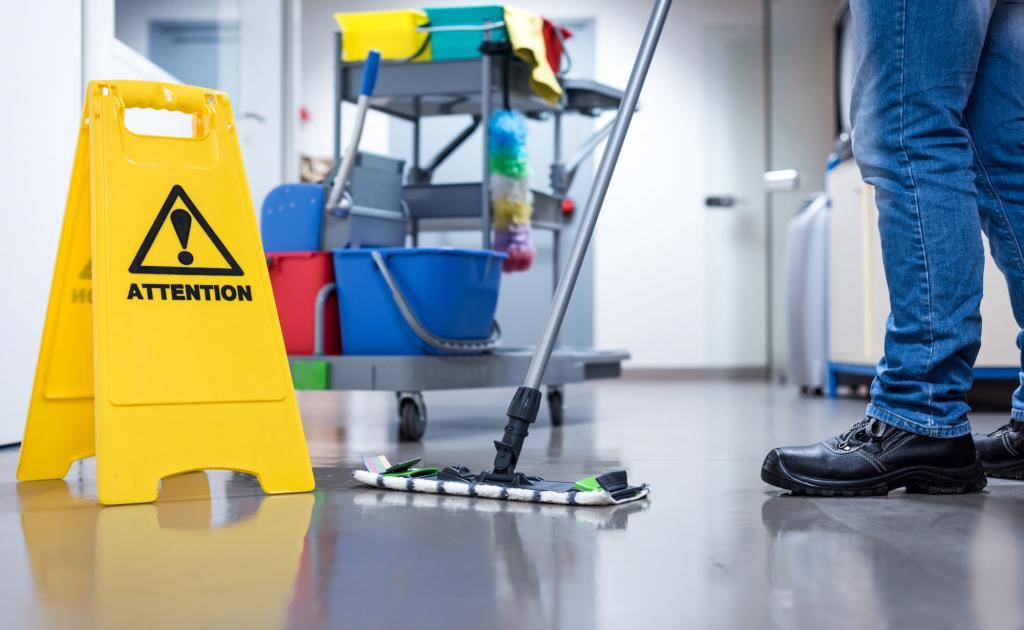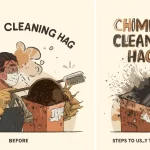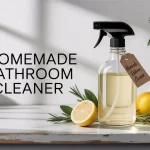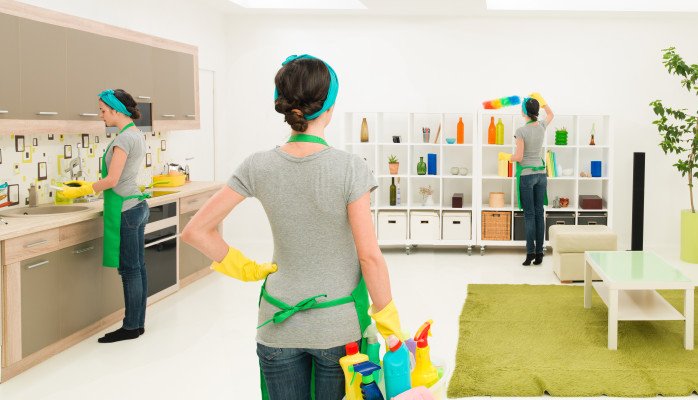Wood floors add warmth, beauty, and value to any home. But keeping them clean requires more than a quick sweep. Using the wrong products or methods can dull the finish, cause scratches, or even shorten the life of your flooring. With the right approach, however, you can maintain their natural shine and durability for decades.
This guide explores the best methods, expert recommendations, and proven tips for cleaning wood floors safely and effectively.
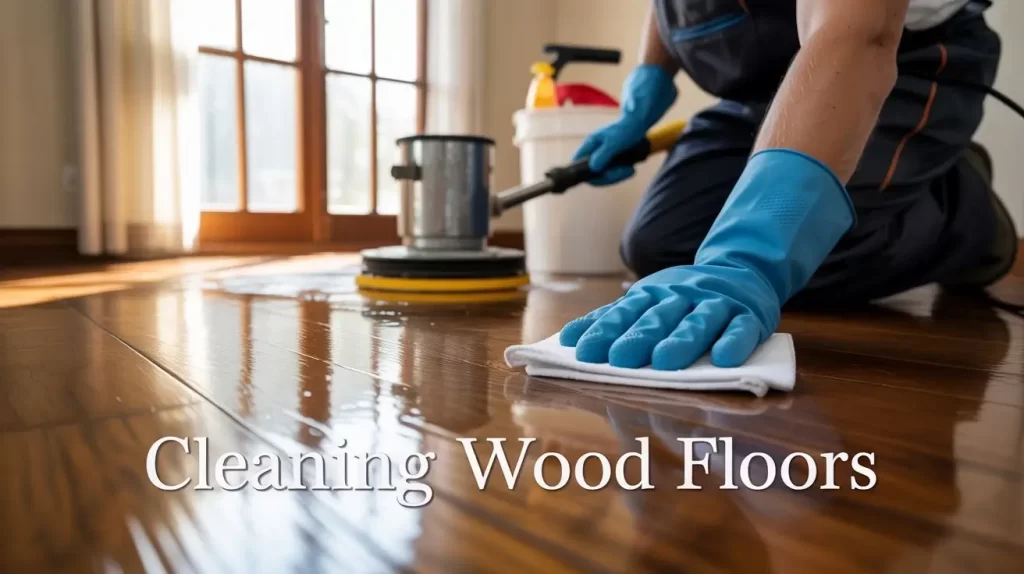
Content
The Importance of Wood Floor Maintenance
Hardwood floors are a long-term investment. According to the National Wood Flooring Association (NWFA), well-maintained wood flooring can last over 100 years. Poor cleaning practices, however, can lead to water damage, surface wear, and costly refinishing. Choosing the right cleaning method protects both the surface finish and the wood underneath.
Tools and Supplies for Cleaning Wood Floors
Before you start, gather the right tools:
- Soft-bristle broom or microfiber mop – prevents scratches.
- Vacuum with hardwood floor setting – removes dust and grit.
- pH-neutral hardwood floor cleaner – safe for finishes.
- Microfiber cloths – absorbent and gentle.
- Spray bottle – for applying cleaning solution evenly.
Avoid harsh scrubbing pads, steam mops, and products with ammonia or bleach, as these can damage the floor finish.
Step-by-Step Method for Daily Cleaning
Dust and Sweep
Dust and dirt act like sandpaper on wood surfaces, so regular cleaning wood floor routines are essential. Sweep daily with a microfiber mop or soft-bristle broom. You can also use a vacuum with a hard floor setting for effective cleaning wood floor care.
Spot Clean Spills
Wipe up spills immediately with a dry or slightly damp cloth. Standing water can seep into seams and cause warping.
Weekly Mopping
For effective cleaning wood floor surfaces, use a damp (not wet) microfiber mop with a pH-neutral hardwood cleaner. Lightly mist the mop instead of pouring liquid directly on the floor.
Best Cleaning Solutions for Wood Floors
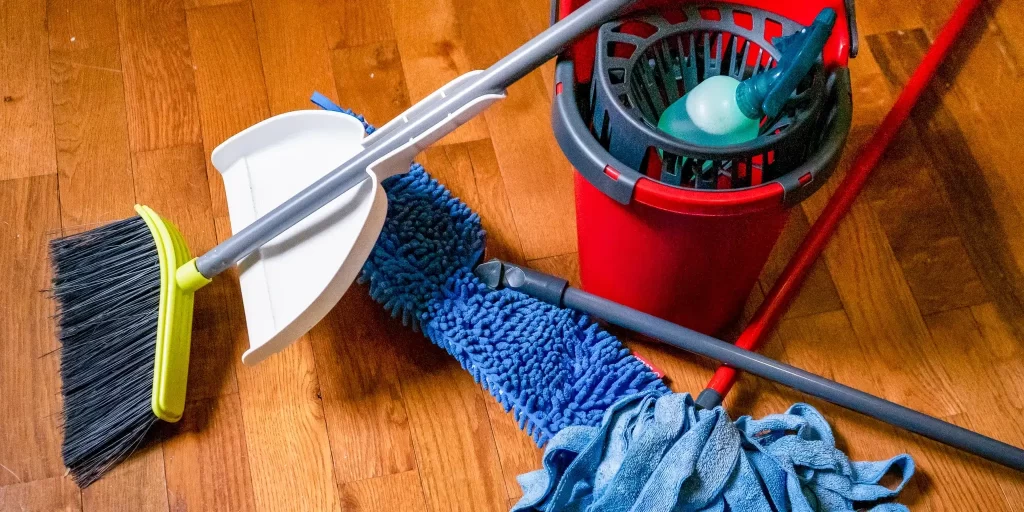
Commercial Cleaners
Many brands offer cleaners designed specifically for hardwood. Bona and Method are top-rated by homeowners and flooring experts alike.
DIY Natural Cleaner
You can also make a simple solution:
- ½ cup white vinegar
- 1 gallon warm water
- A few drops of essential oil for scent
Mix in a spray bottle and use lightly. The vinegar helps cut through dirt, but use sparingly to avoid dulling the finish.
How to Remove Stubborn Stains
- Scuff marks: Rub gently with a soft cloth dampened with baking soda and water.
- Grease stains: Use a few drops of dish soap diluted in water.
- Dark water stains: May require light sanding and refinishing if they penetrate the finish.
Mistakes to Avoid When Cleaning Wood Floors
- Using steam cleaners: Excess heat and moisture cause warping.
- Applying too much water: Even sealed wood can be damaged.
- Using vinegar daily: Over time, it may dull some finishes.
- Scrubbing with abrasive pads: Leads to scratches and wear.
Long-Term Care Tips for Wood Floors
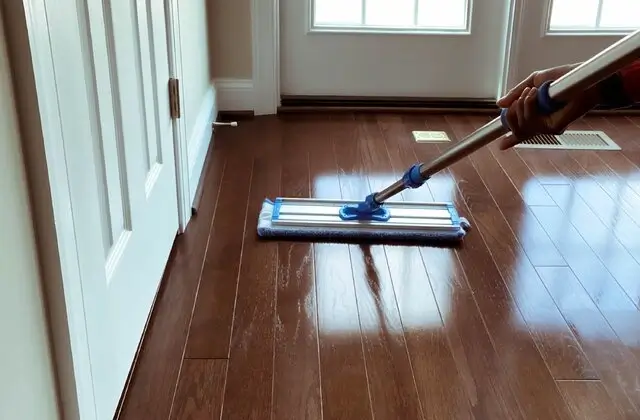
- Place rugs at entryways to catch dirt and grit.
- Use felt pads under furniture legs.
- Keep humidity between 30–50% to prevent shrinking or swelling.
- Recoat or refinish floors as needed to maintain shine and protection.
According to Better Homes & Gardens, high-traffic areas may need refinishing every 7–10 years, while lower-use spaces may last longer.
Eco-Friendly Options
If you prefer green cleaning, try plant-based cleaners that are biodegradable and safe for pets. Brands like Seventh Generation and Ecover provide eco-conscious alternatives without harmful residues, making them a smart choice for maintaining the natural beauty of a parquet floor.
Cost Savings of Proper Cleaning
Professional refinishing costs an average of $3–$5 per square foot. By cleaning wood floors properly, you delay or avoid these expenses. Regular upkeep can save homeowners thousands over time.
Conclusion:
The best method for cleaning wood floor surfaces focuses on gentle care, the right tools, and safe products. When cleaning wood floor areas, avoid excess water and harsh chemicals to protect the finish. A routine of sweeping, spot treatment, and light damp mopping makes cleaning wood floor maintenance simple and effective. With consistent cleaning wood floor practices, your hardwood will remain beautiful, durable, and inviting for years to come.
FAQs About Cleaning Wood Floors:
What is the best thing to clean hardwood floors with?
The best option is a microfiber mop with a pH-neutral hardwood cleaner. It gently removes dirt, protects the finish, and keeps wood floors looking polished.
What should you not put on a hardwood floor?
Avoid vinegar, steam cleaners, wax-based products, and harsh chemicals. These can dull the finish, damage the seal, or even warp the wood surface.
Can I use Dawn dish soap to wash my hardwood floors?
Yes, but only in a very diluted mix. A few drops of Dawn in water works for spot-cleaning, but never soak the floor to prevent moisture damage.
Is it okay to mop wood floors with water?
Too much water can harm hardwood. Lightly damp mopping is safe if the mop is wrung out well. Standing water should always be avoided to prevent warping.

Alexis is a dedicated home improvement blog author who has a passion for writing. She enjoys blogging about all sorts of topics, from interior design to landscaping and more! She loves the outdoors and spending time in nature with her family. She also likes to bake in her free time.


